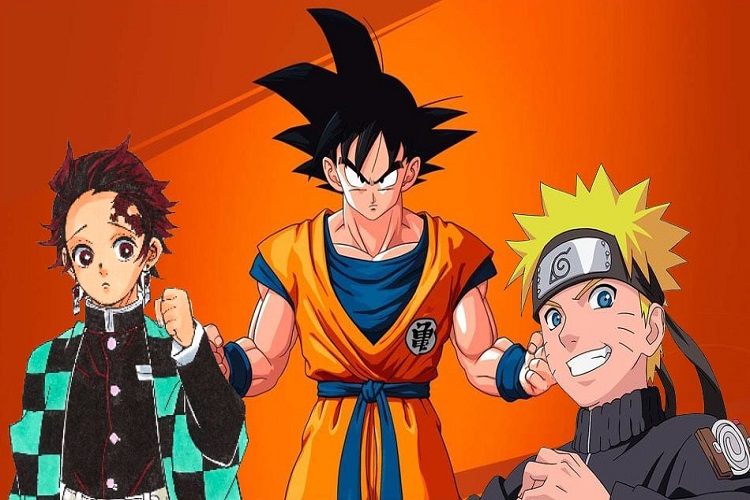Manga, the popular Japanese comic art form, has captivated readers around the world for decades with its engaging stories and vibrant illustrations. However, beyond the surface level of plotlines and character development, manga often contains hidden messages, symbols, and cultural references that can provide deeper insights into the story and Japanese culture itself. In this article, we’ll embark on a journey to become manga codebreakers, uncovering the hidden messages within these captivating series.
1. Cultural Signifiers
Manga is not just a form of entertainment; it is also a reflection of Japanese culture. To truly understand the nuances of a manga series, it’s essential to be attuned to the cultural signifiers embedded within the artwork and narrative.
For instance, the use of specific colors, clothing styles, and even the types of food characters consume can carry cultural significance. Kimonos and traditional tea ceremonies may be used to evoke a sense of historical Japan, while modern clothing choices and fast-food references reflect contemporary culture.
2. Language and Wordplay
Japanese language and wordplay often play a noteworthy role in manga owl. Puns, homophones, and double meanings are frequently used for comedic effect or to convey hidden messages. These linguistic nuances can be challenging for non-Japanese readers to decipher, but they add depth and humor to the story.
A classic example of this is the use of “koi” and “ai,” both of which can be translated to “love” in English but carry distinct connotations. “Koi” represents romantic love, while “ai” denotes a deeper, more profound love. Recognizing these subtleties enhances the reader’s appreciation of the characters’ relationships and emotions.
3. Symbolism and Imagery
Manga artists often use symbolism and visual metaphors to convey ideas and themes. These symbols can range from simple motifs like cherry blossoms, which represent the transience of life, to more complex imagery like the yin-yang symbol, which symbolizes the balance of opposites.
For example, in the manga “Naruto,” the titular character frequently wears an orange jumpsuit, symbolizing his fiery determination and unique identity as a ninja. Understanding these symbols adds layers of meaning to the story and character development.
4. Social Commentary
Manga is a medium through which creators can comment on societal issues and challenge prevailing norms. Hidden within the narrative are often subtle critiques of contemporary social, political, and cultural issues in Japan.
For instance, “Akira,” a classic manga series, is set in a dystopian future where the government’s overreach and military expansionism reflect concerns about Japan’s post-World War II path. By analyzing the underlying themes and messages, readers can gain a deeper appreciation of the series’ commentary on real-world issues.
5. Historical References
Many manga series incorporate elements of Japanese history and folklore, offering a rich tapestry of references for those who are well-versed in the country’s heritage. Historical figures, events, and legends often serve as sources of inspiration and context for mangahere narratives.
Take, for example, the manga “Vagabond,” which is loosely based on the life of the famed samurai Miyamoto Musashi. Readers familiar with Musashi’s historical legacy will recognize the depth of research and homage to his story within the pages of the manga.
6. Philosophy and Existentialism
Some manga series delve into profound philosophical themes and existential questions. These intellectual undertones are not always immediately apparent but can be uncovered by readers who are willing to explore the deeper layers of the narrative.
The manga “Berserk,” for instance, explores complex philosophical concepts such as the nature of evil, the meaning of existence, and the struggle for identity and purpose. Engaging with these themes can lead to thought-provoking discussions and personal introspection.
7. The Supernatural and the Occult
Supernatural and occult elements are prevalent in many kunmanga series, often reflecting Japan’s fascination with the paranormal. Hidden within these stories are references to folklore, mythology, and urban legends that enrich the reading experience.
In “Death Note,” for instance, the titular notebook possesses supernatural powers and serves as a tool for a morally ambiguous protagonist. The series delves into themes of power, morality, and the consequences of one’s actions while incorporating elements of the supernatural.
8. Multilayered Storytelling
Manga artists often employ multilayered storytelling techniques that reward attentive readers. Foreshadowing, flashbacks, and narrative shifts can be used to conceal information or reveal hidden connections between characters and events. Recognizing these narrative devices enhances the reading experience.
In the manga “One Piece,” for example, the author Eiichiro Oda frequently plants hints and clues about the world’s mysteries throughout the series. These subtle details can be pieced together by dedicated fans, creating a sense of discovery and excitement.
Conclusion
Manga is far more than a visual storytelling medium; it is a treasure trove of hidden messages, cultural references, and deeper meanings waiting to be deciphered. Becoming a manga codebreaker allows readers to embark on a fascinating journey of exploration and understanding, uncovering the layers of complexity beneath the surface of their favourite series.

